The elegant lucky bamboo (Dracaena sanderiana), a symbol of good fortune and often grown hydroponically in water, can sometimes face a less auspicious issue, particularly during the intense summer heat and humidity: algae growth. That murky green film not only detracts from the plant's aesthetic appeal but can also indicate an imbalance in its aquatic environment, potentially hindering its health.
This comprehensive guide will discuss the reasons why algae growth thrives in lucky bamboo water during the summer, providing you with practical and effective strategies for preventing algae and maintaining the clear, clean water your lucky bamboo needs to flourish. Whether you're a seasoned lucky bamboo owner or new to cultivating this charming plant in water, understanding these preventative measures will ensure your stalks remain vibrant and your water crystal clear throughout the hotter months.
Also Read- Lucky Bamboo And Water Quality: What You Need To Know
Why Summer Encourages Algae Growth in Lucky Bamboo:

Several factors prevalent during the summer create an ideal breeding ground for algae in your lucky bamboo's water vessel:
- Increased Sunlight Intensity: Longer days and stronger sunlight can penetrate the water, providing algae with the energy they need to photosynthesize and multiply rapidly. Even indirect bright light can be sufficient during the intense summer.
- Elevated Temperatures: Warmer water temperatures accelerate the growth rate of algae. The ambient heat of summer can easily warm the water in your lucky bamboo's container.
- Nutrient Buildup: Over time, tap water can accumulate minerals and impurities that act as nutrients for algae. Additionally, any decaying organic matter, such as fallen leaves or dust, can further enrich the water, fueling algae blooms.
- Stagnant Water: Unlike soil, water in a lucky bamboo container can become stagnant if not refreshed regularly, allowing algae spores to settle and proliferate undisturbed.
- High Humidity: High humidity can contribute to a moist environment around the water vessel, potentially encouraging airborne algae spores to thrive upon contact with the water.
Also Read- Lucky Bamboo: A Gift Of Good Fortune And Prosperity
The Downsides of Algae Growth for Your Lucky Bamboo:
While a small amount of algae might seem harmless, significant growth can negatively impact your lucky bamboo's health and appearance:
- Aesthetic Appeal: Murky green water and slimy algae clinging to the stalks and container detract significantly from the plant's visual appeal.
- Reduced Oxygen Levels: As algae photosynthesize, they produce oxygen during the day, but at night, they consume it. Excessive algae growth can lead to fluctuations in oxygen levels in the water, potentially stressing the lucky bamboo's roots.
- Nutrient Competition: Algae compete with the lucky bamboo roots for essential nutrients present in the water.
- Blocked Light Penetration: Thick algae growth can block light from reaching the roots, although lucky bamboo primarily absorbs nutrients through its stalks.
- Potential for Root Issues: While not a direct cause, a consistently unhealthy aquatic environment due to algae can indirectly contribute to root problems over time.
Also Read- Eco-Friendly Practices For Caring For Your Lucky Bamboo
Proactive Steps: Preventing Algae Growth in Your Lucky Bamboo This Summer:

The key to maintaining clear water and a healthy lucky bamboo during the summer lies in proactive prevention:
1. Limit Light Exposure: Position your lucky bamboo away from direct sunlight. While it needs bright, indirect light to thrive, direct sun will fuel algae growth. Consider placing it further away from windows or in a north-facing location.
2. Regular Water Changes: This is the most crucial step in preventing algae. Refresh the water in your lucky bamboo's container at least once a week, and ideally every 3-5 days during the peak summer heat. This removes accumulated nutrients and algae spores.
3. Use Clean Water: Opt for filtered or distilled water instead of tap water. Tap water often contains minerals and chlorine that can contribute to algae growth. If using tap water, let it sit out for 24 hours to allow chlorine to dissipate.
4. Thorough Container Cleaning: Every time you change the water, thoroughly clean the inside of the container to remove any existing algae buildup. Use a soft brush or sponge and mild soap, rinsing thoroughly before refilling with fresh water.
5. Inspect and Clean the Stalks and Roots: Gently rinse the lucky bamboo stalks and any visible roots under fresh water during each water change. Remove any slimy or discolored buildup.
6. Consider Activated Charcoal: Adding a small piece of activated charcoal to the bottom of the container can help absorb impurities and prevent algae growth. Replace the charcoal every few months.
7. Avoid Over-Fertilizing (If Applicable): Lucky bamboo grown solely in water typically doesn't require frequent fertilization. If you do fertilize, use a very diluted solution sparingly, as excess nutrients can fuel algae growth.
Also Read- Bamboo Plants For Small Spaces: Maximizing Greenery In Apartments
Addressing Existing Algae Growth:
If you already notice algae in your lucky bamboo's water, take these steps:
- Isolate and Clean: Carefully remove the lucky bamboo from the container. Thoroughly clean the container as described above.
- Rinse the Plant: Gently rinse the stalks and roots under running water to remove as much algae as possible.
- Consider a Mild Algaecide (Use with Caution): In severe cases, you might consider using a very mild, plant-safe algaecide specifically designed for aquatic environments. Follow the product instructions carefully and use sparingly, as some chemicals can harm your lucky bamboo.
- Return to Preventative Measures: Once the algae is removed, diligently follow the preventative steps outlined above to avoid recurrence.
Conclusion: Maintaining Clear Water and a Happy Lucky Bamboo This Summer:
Preventing algae growth is key to ensuring your lucky bamboo thrives and maintains its aesthetic appeal throughout the challenging summer months. By limiting light exposure, changing the water regularly, using clean water, and maintaining a clean container, you can create an environment that discourages algae and supports the healthy growth of your auspicious plant. With consistent care and attention to these preventative measures, you can enjoy the beauty of your sparkling lucky bamboo all summer long in your home.


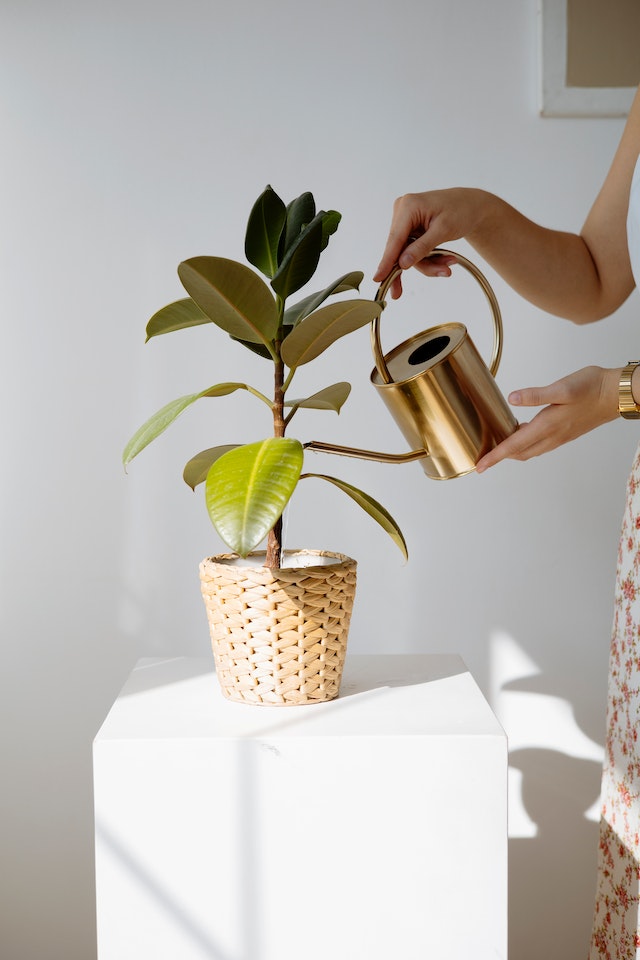
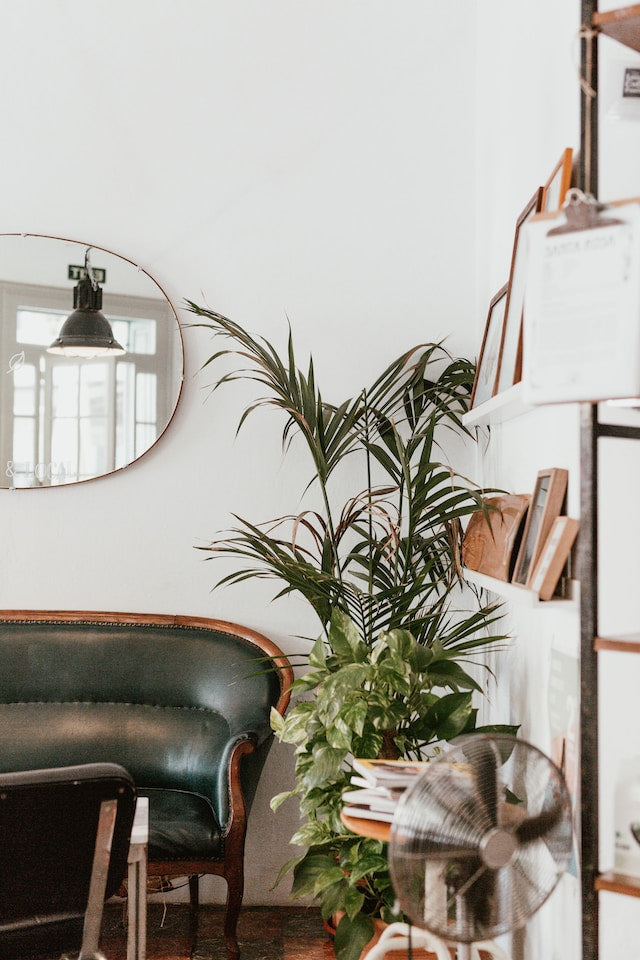
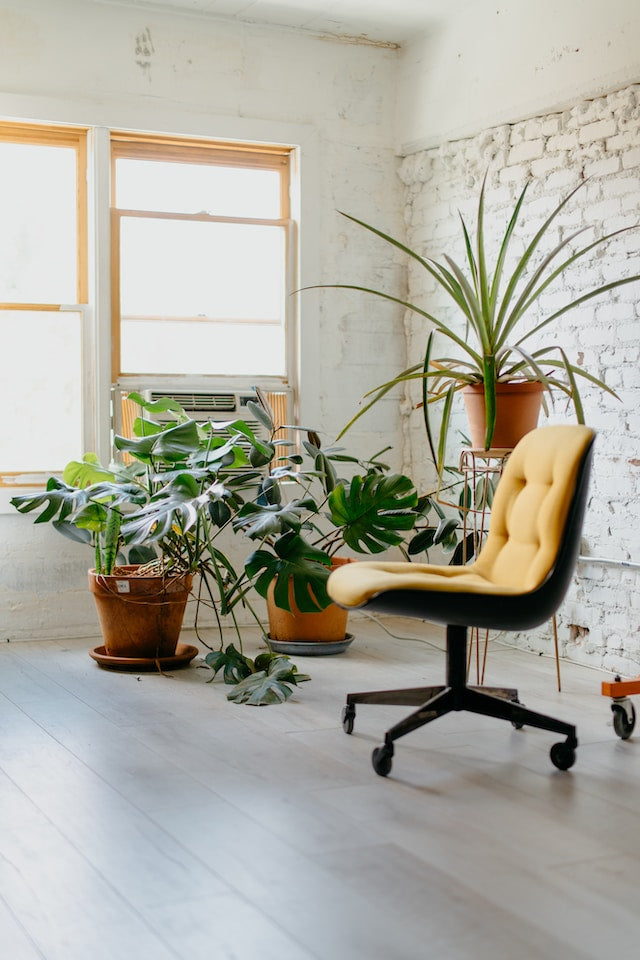
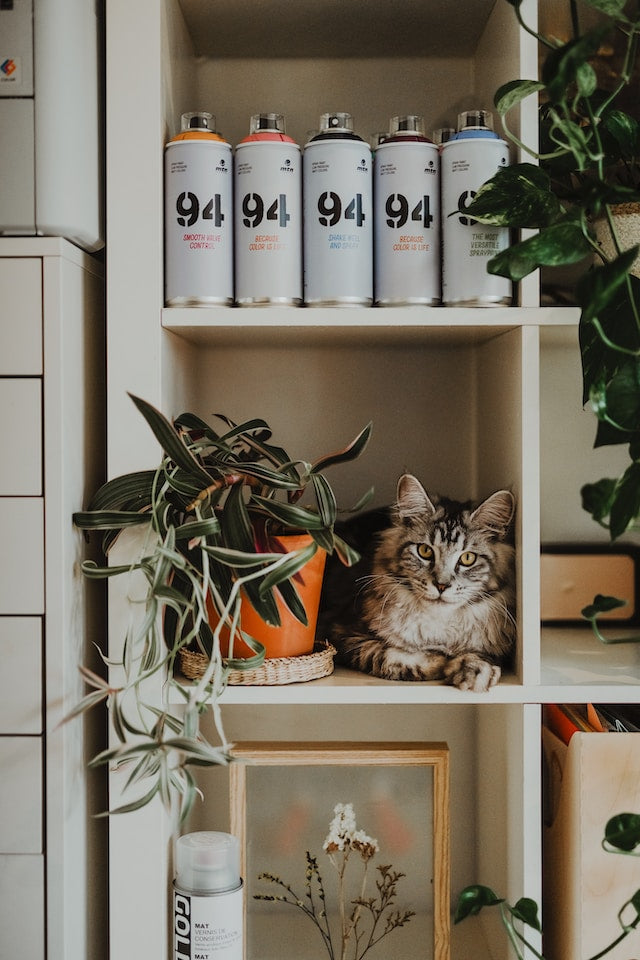

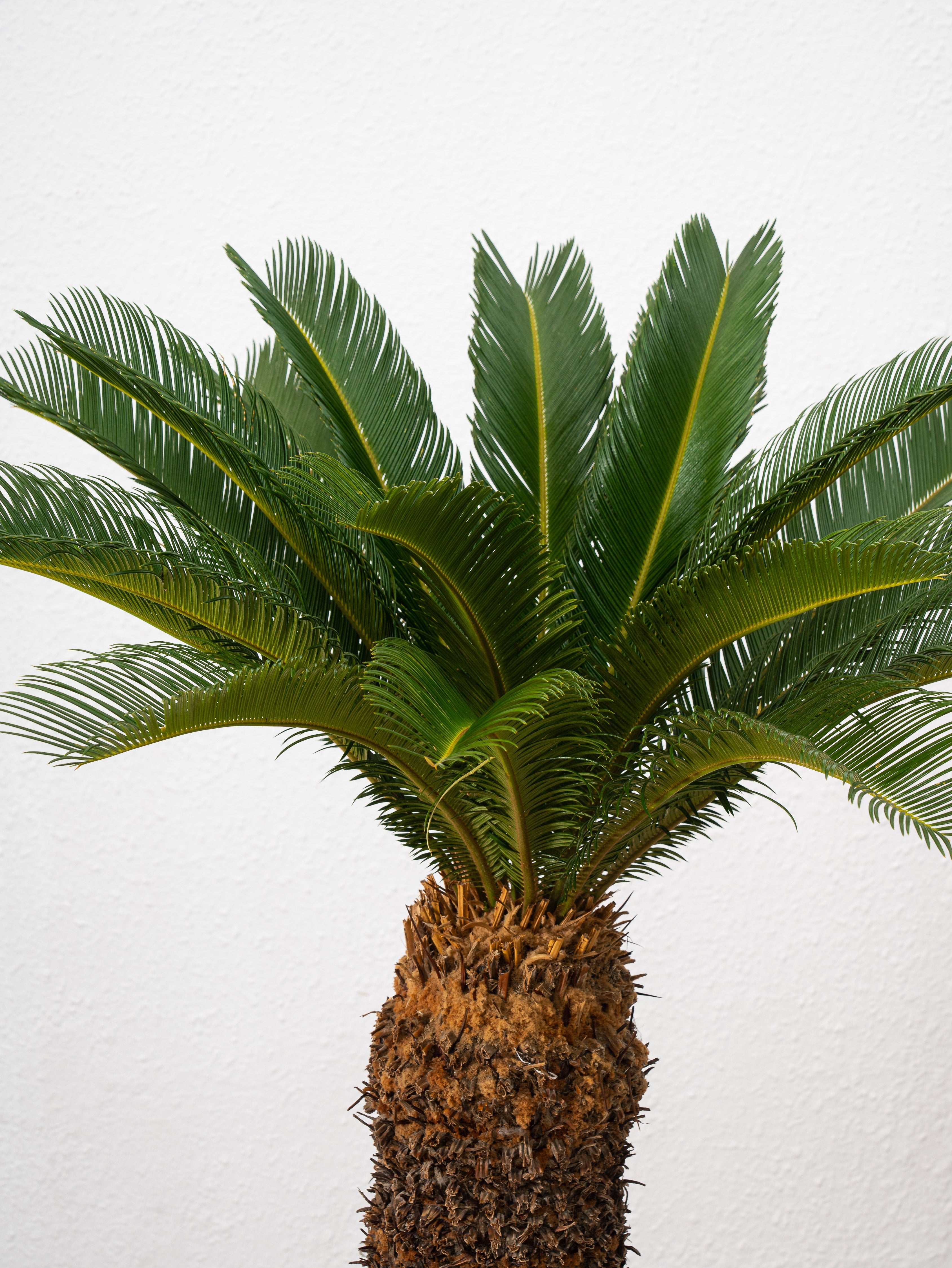
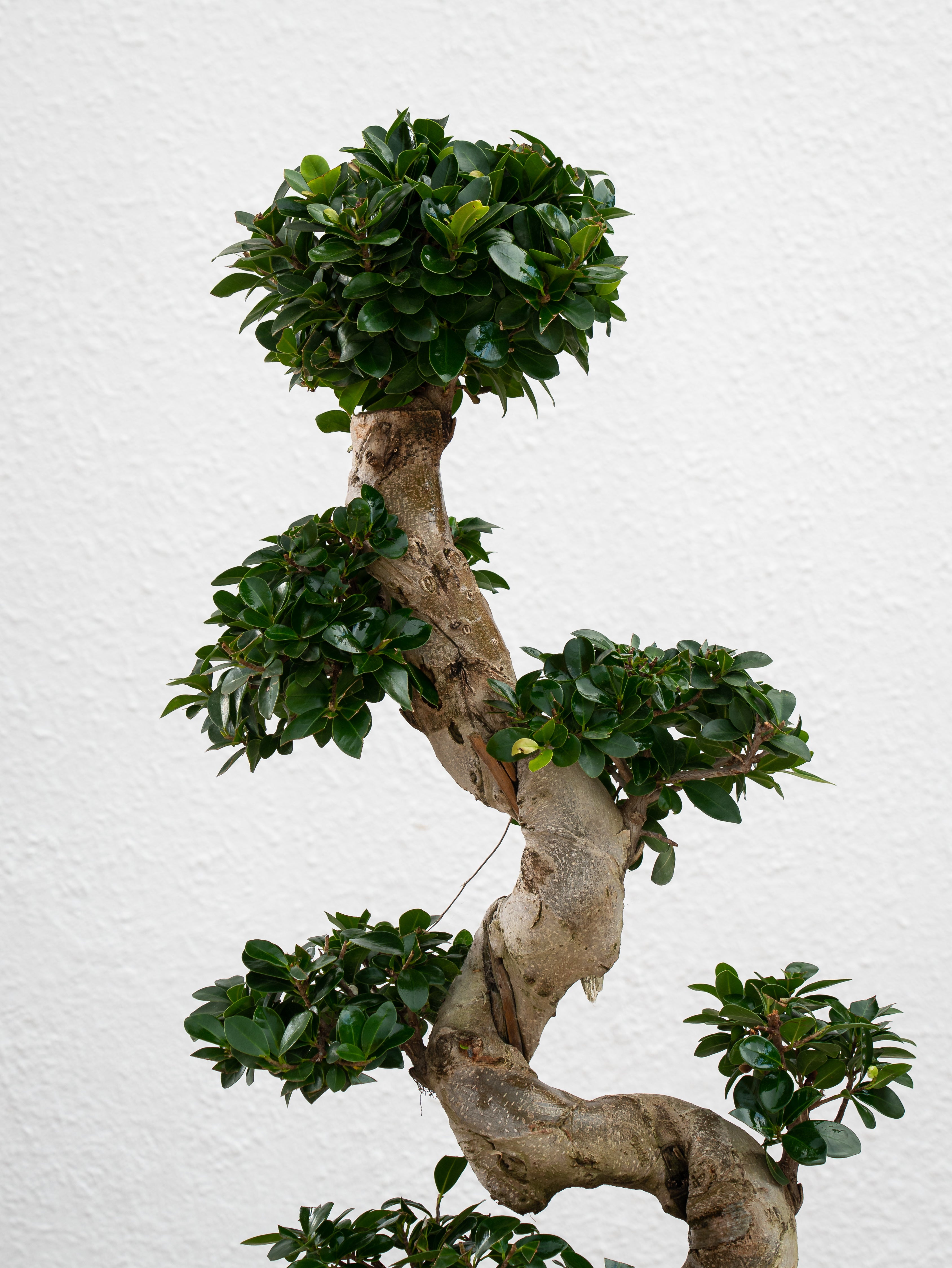
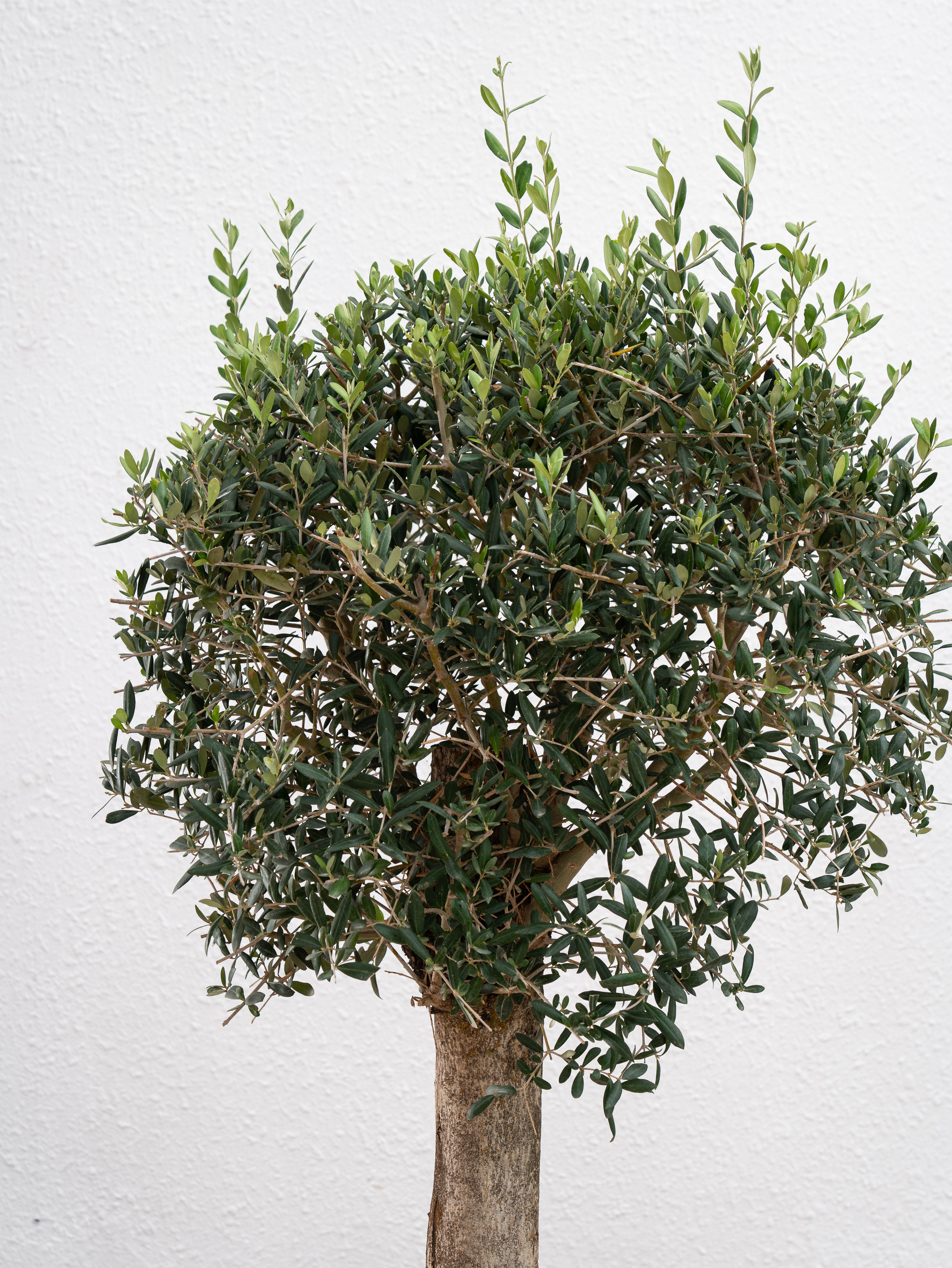
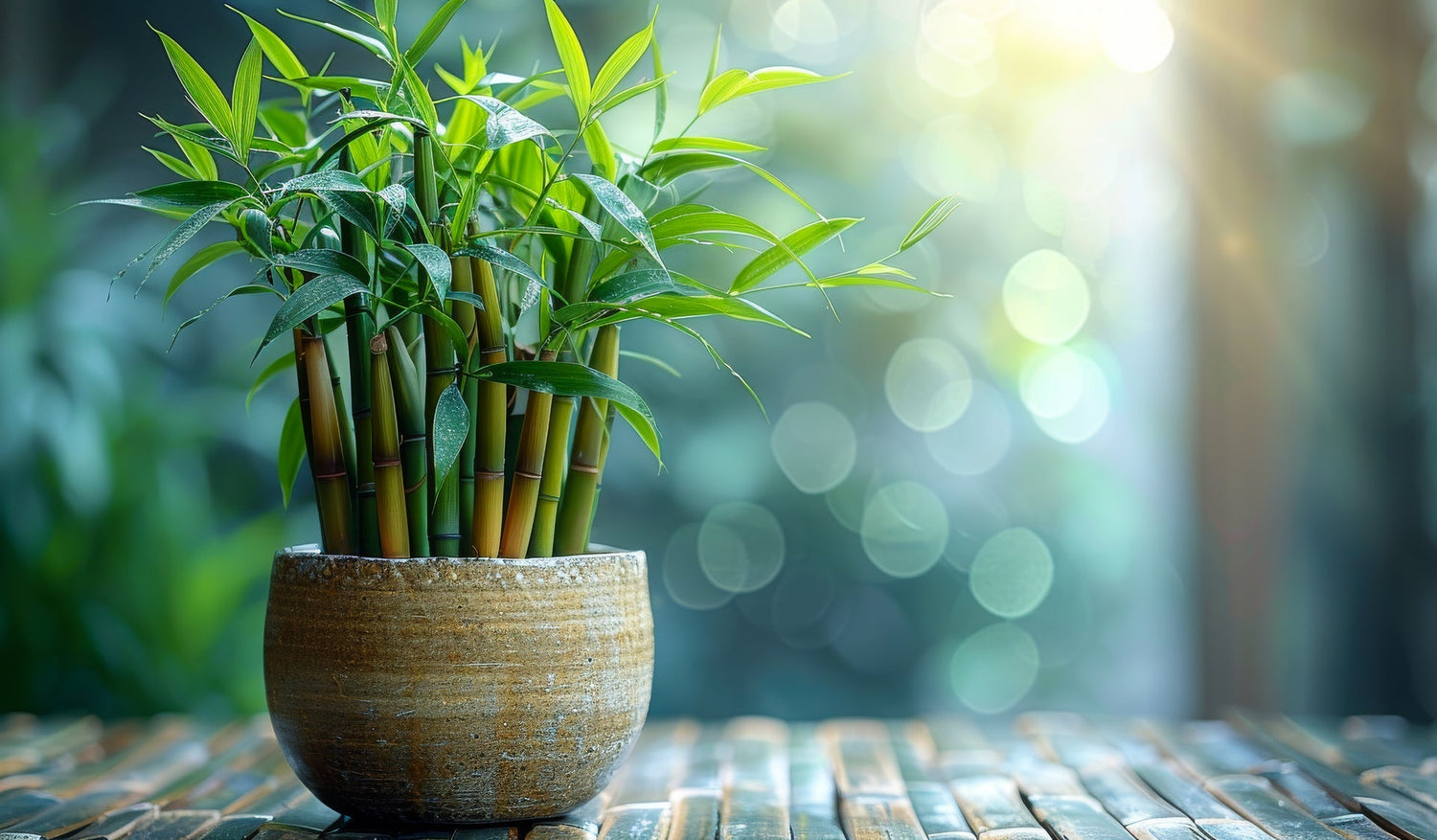
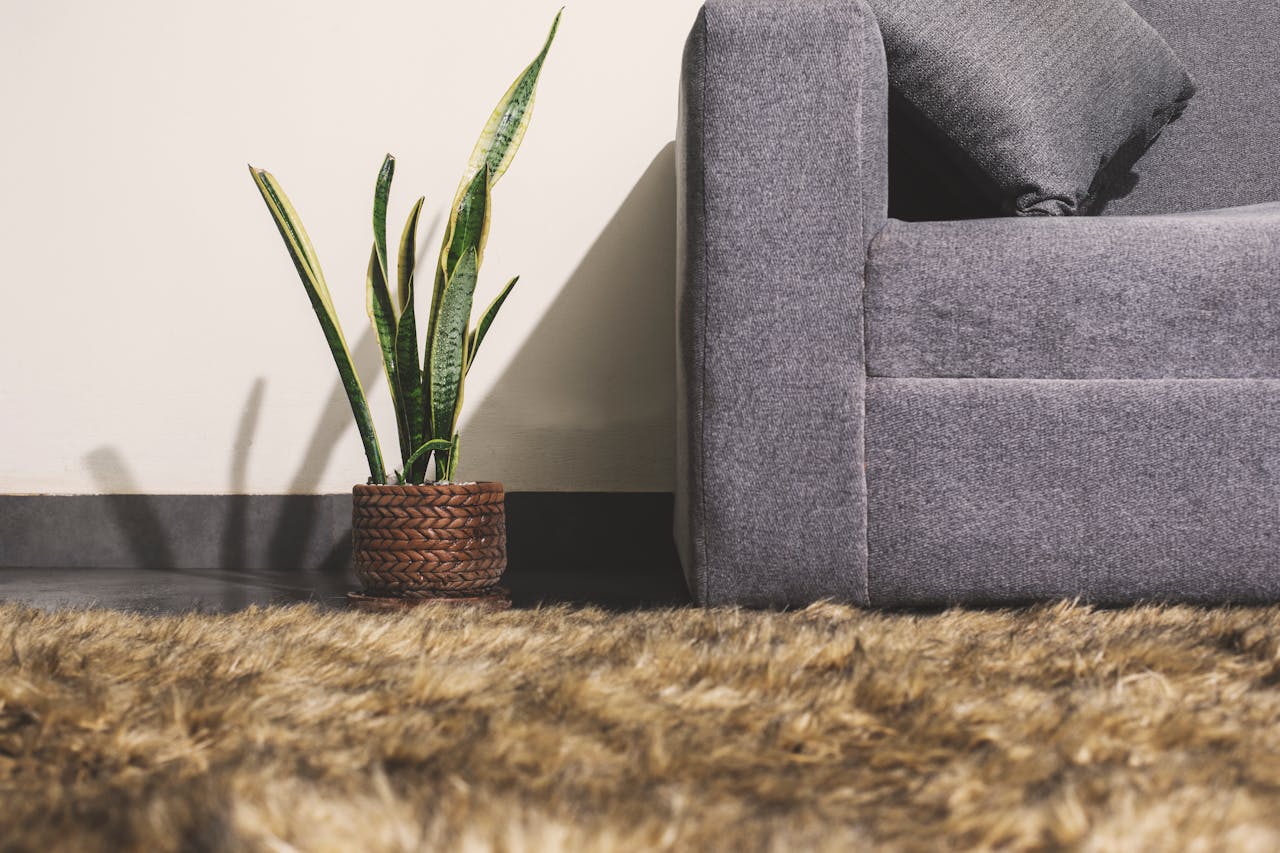
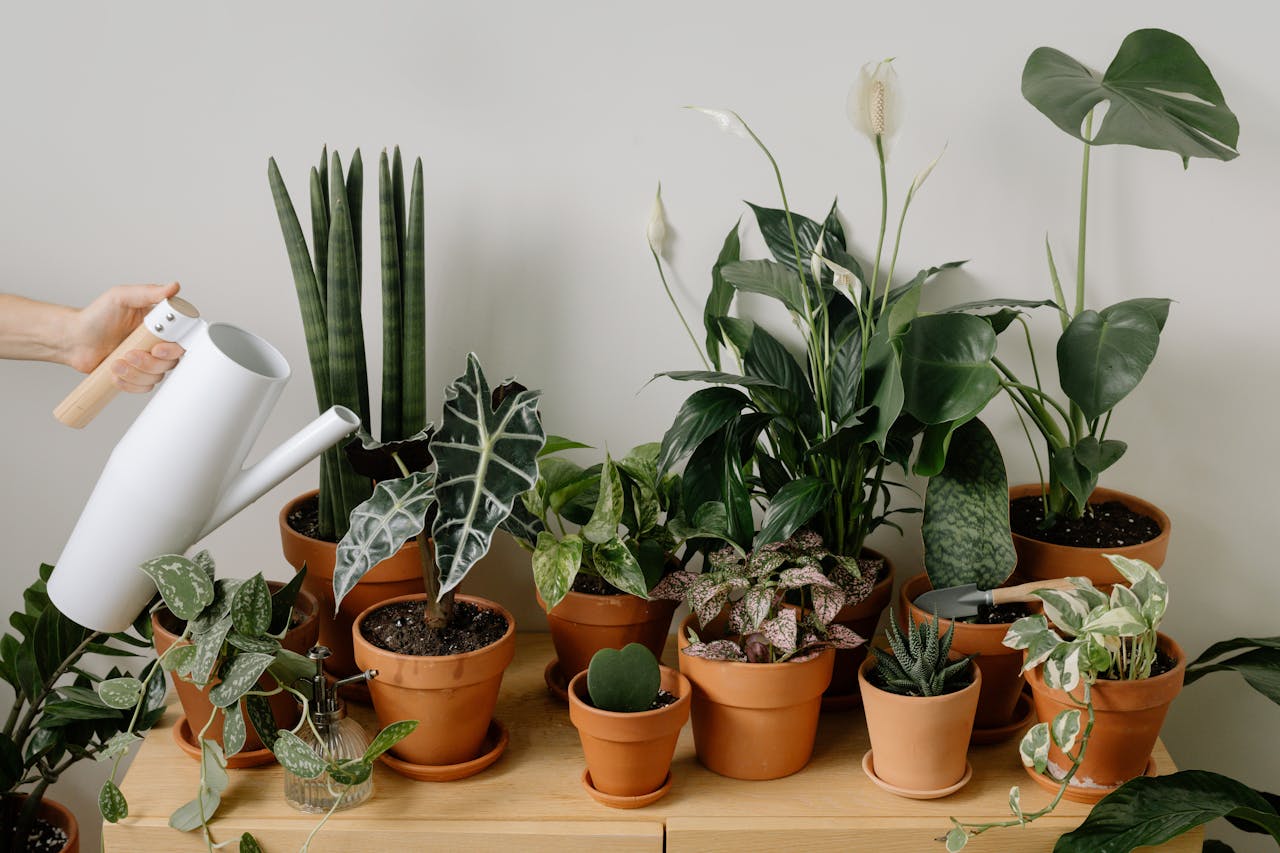
Leave a comment
This site is protected by hCaptcha and the hCaptcha Privacy Policy and Terms of Service apply.